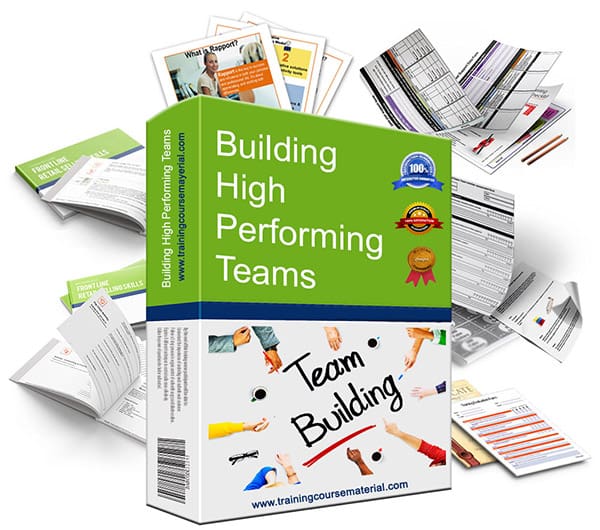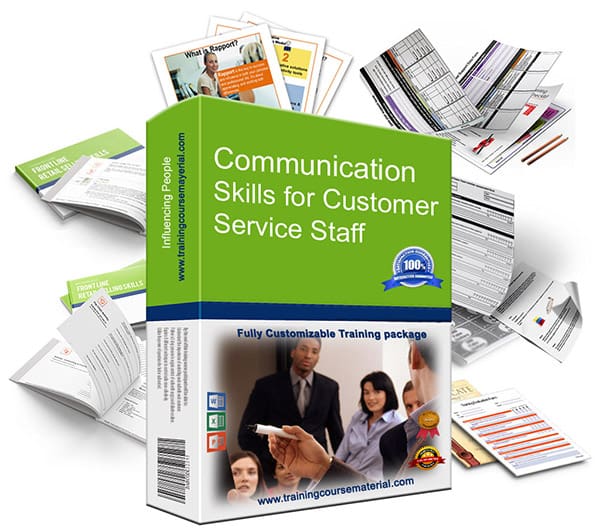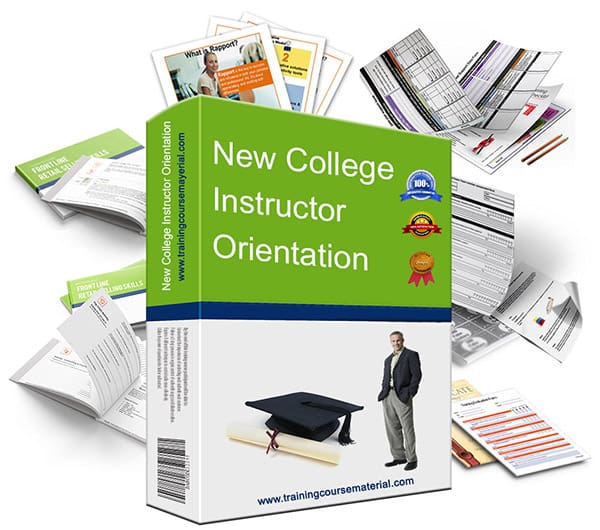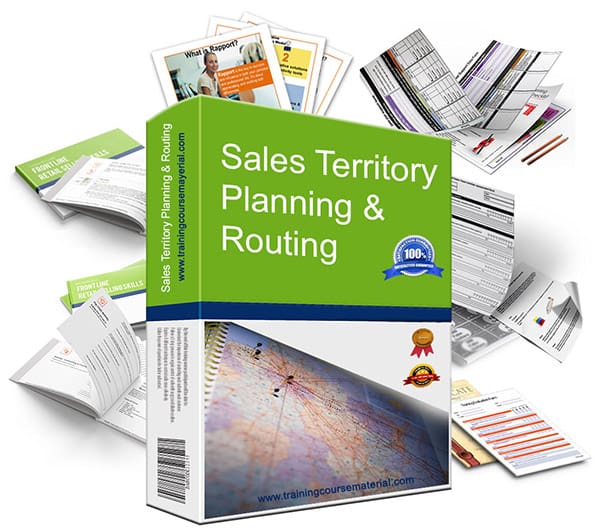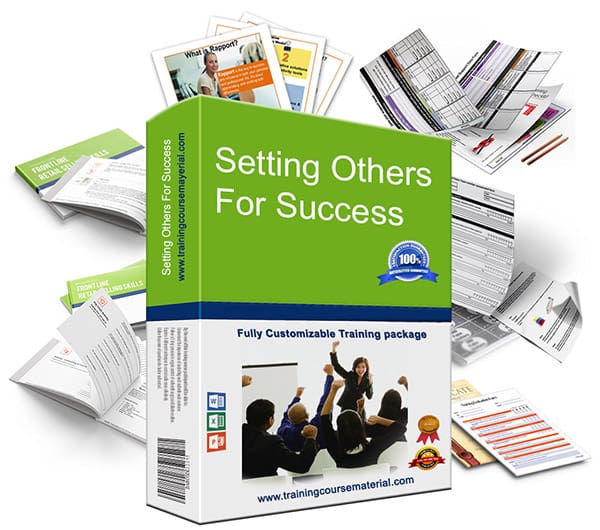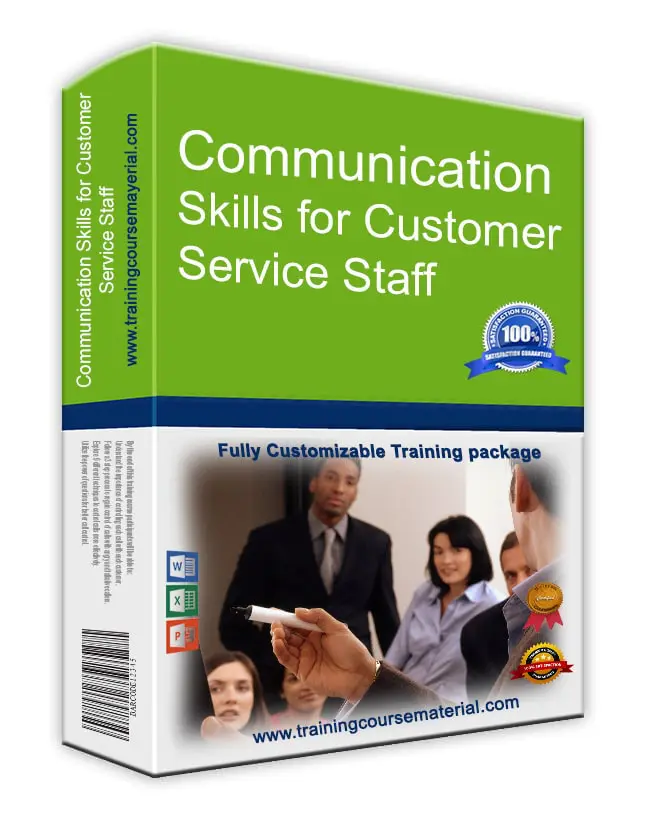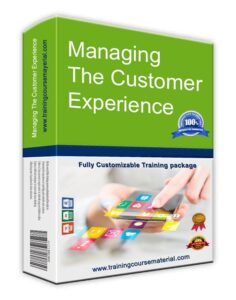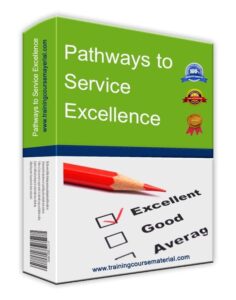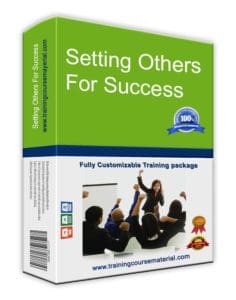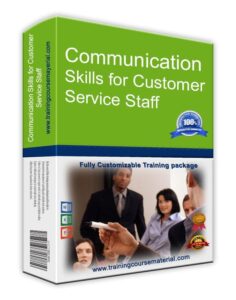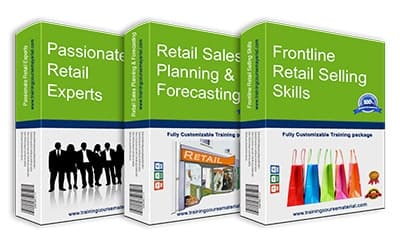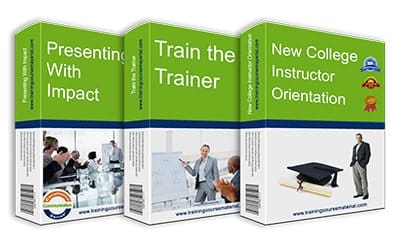While sales training forms the backbone of competitive enterprises it’s important to evaluate whether your training programs are producing tangible outcomes. Your organization risks wasting time and money through misaligned sales training which results in missed opportunities without progressing toward achieving revenue targets.
Connecting sales training to your business objectives moves beyond optional best practice to become crucial for achieving quantifiable business success. Our blog teaches you to transform your sales team into a goal-crushing machine using strategic alignment while showing you how to prioritize objectives and measure training ROI.
Misaligned Training = Wasted Time and Resources
You host a comprehensive in-house sales training program only to find weeks after that it failed to boost performance and sales and did not help achieve core company goals. Organizations that lack a well-defined strategy frequently encounter this problem.
Sales training programs that fail to support business objectives result in wasted time and money while distracting salespeople with irrelevant educational content. Aligned training programs provide sales professionals with essential skills which help them achieve primary business targets.
The Power of Strategic Alignment
Strategic alignment connects sales training efforts directly with your organization’s overarching goals. Here’s why it matters:
- Focus on high-impact skills crucial for hitting sales KPIs
- Improved team morale because reps see how their growth contributes directly to overall success
- Maximized ROI on your training investments
By ensuring your training drives measurable results, everyone – from individual reps to C-suite leaders – wins.
I. Clarify Business Objectives First
Kickstarting any aligned sales training program means clearly outlining your business objectives upfront. You can’t set your team up for success without a roadmap.
Think about the following:
- Are you targeting top-line revenue growth?
- Aiming to expand into untapped markets?
- Preparing your team for a major product launch?
Define specific business metrics and KPIs that your sales organization must meet to achieve those big-picture goals. Some common KPIs tied to business objectives include:
- Annual sales revenue
- Quarter-over-quarter growth
- New client acquisition rates
- Customer retention and satisfaction
By anchoring sales training around these targets, you’re ensuring that the training content directly ladders up to what your business truly needs.
II. Define Sales Team Capabilities Needed to Reach Goals
Once you’ve clarified business objectives, the next step is identifying the skills your sales team needs to meet them. This requires conducting a skill gap analysis – a methodical process of comparing the skills your team currently possesses against the ones required to succeed. The SHRM guide on skill gap analysis offers actionable advice on how to assess current skills versus required competencies. Drawing from this guide can help you create a strategic roadmap for targeted training, ensuring your sales team develops the precise skills needed to tackle challenges
Here’s how to map your goals to learning outcomes:
- A new market expansion may require training on prospecting strategies for unfamiliar industries or regions.
- An upcoming product launch might mean enhancing product demo and objection-handling skills.
- Growth targets could benefit from improving negotiation skills or upsell techniques.
When you clearly define capabilities, you can ensure your training program directly addresses existing gaps.
III. Co-Create Training Objectives with Stakeholders
Sales training isn’t just a sales team initiative – it requires buy-in from key stakeholders across your company to be truly effective. This includes revenue leaders, product teams and customer success managers.
Why involve cross-functional teams?
- Revenue leadership: Provides alignment with overarching organizational goals.
- Product teams: Can share insight into new offerings, enabling reps to pitch more effectively.
- Customer success: Knows the customer pain points and can help tailor training to address them.
Bringing these stakeholders into the discussion helps co-create training priorities that everyone agrees on. The result? Stronger cross-functional alignment, fewer silos and greater impact.
IV. Tailor Training to Specific Segments
Different sales representatives require distinct training programs based on their individual needs. Customizing your program to address distinct needs across diverse segments leads to better results.
Consider these approaches to segmentation:
- Tenured Reps vs. New Hires: Advanced workshops on cross-selling and key account management provide value for experienced representatives. New employees require training programs that introduce them to the company’s CRM system along with basic sales capabilities.
- Territory-Specific Content: Field salespeople operating in varied locations or sectors encounter distinct obstacles. Create region-specific educational materials to tackle cultural differences and understand buyer patterns while addressing market dynamics.
Segment-specific training customization delivers high-impact content that matches each rep’s role and market expertise level.
V. Track and Measure Impact Against Business Goals
Finally, the glue that holds the entire alignment process together is tracking outcomes. Measuring training impact ensures you know whether your programs are effective – and lets you make adjustments as needed. One highly effective framework to evaluate training outcomes is the Kirkpatrick Model of Training Evaluation. This model provides a structured, four-level approach to assess training effectiveness.
Here’s how to do it effectively:
- Use pre- and post-training KPIs: Measure outcomes like deal size, win rates or sales cycle length before and after implementing training.
- Leverage a training ROI calculator to compare the costs of your training program against the value of its results.
- Schedule regular reviews of your training goals against key sales metrics. This helps maintain alignment as business priorities evolve.
Consistency is key. Regular measurement and reassessment of impact metrics allows you to adjust your sales training program to maintain a sharp focus on achieving concrete results.
Align Sales Training to Build a High-Performance Team
Endless possibilities emerge when you align sales training with business objectives. You have moved past basic employee training and started to enable them to actively contribute to organizational success.
A program that delivers value beyond classroom learning emerges when you combine clear objectives with skill gap analysis alongside stakeholder collaboration and tailored content while measuring outcomes.
How can you advance your sales training beyond its current level? Begin by purchasing solutions that facilitate alignment and enable outcome tracking. The achievement of your business objectives and financial success will benefit from this approach.



